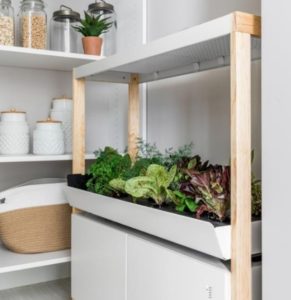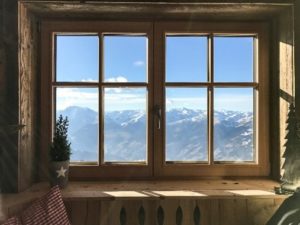There is a “Slow living” trend in the home design business. This trend first began about 10 years ago to help people destress from life’s day-to-day challenges. Recently, the slow living philosophy re-established itself in the design world. Think of buzz words like organic, local, and sustainable and you will see the slow living concept intertwined. Slowww It Down…Design for Your Wellbeing looks at ways you can incorporate a slower pace into your lifestyle.
 Thoughtfully Constructed
Thoughtfully Constructed
Homeowners who want to slow things down, have a garden, raise animals, and connect with nature are seeking architects, contractors, and designers with the same mindfulness. Homes are thoughtfully planned and built slowly and purposefully to bring nature inside for health and wellbeing.
Slow living is a way of life that starts with the home. However, not all of us want to construct a new home so there’s help. Still: The Slow Home, a book by Australian interior designer Natalie Walton, gives insight on how to integrate slow living into your everyday life. Walton says that if you want to start living slow you must first consume less. She goes on to say that the more we connect with nature, the more it becomes our priority. This concept can be seen with those of us opting for a second home in the country or in the mountains. Even homeowners who have downsized are seeking more connection with nature without realizing it. No more hustle and bustle…just slowing things down…
Local, Local, Local
Slow living incorporates materials sourced locally, whether it be salvaged components or reinventing an old furniture piece into something new. Repurposing materials puts you in touch with nature and gives the old materials new intent which in turn helps one to feel more connected with the surroundings. Outdoor living, especially now, is more important than ever. Some slow-living experts believe that we should strive to be outside a minimum of 50% of the time. That seems daunting but if you begin with a lower percentage, say 25%, eventually you will WANT to be outdoors. Outdoors can mean anything from taking a walk, sitting on the back porch, to exploring the local offerings.
Unity in Planting
We start out thinking that our connection with nature is only for us, but then quickly realize that it is collective. You grow a flower garden because you want to bring beauty to your yard. Neighbors come by and admire the garden. You then strike up a convivial conversation and before you know it, they are growing a flower garden…you have unknowingly unified your neighbors. Slow living is contagious!

Designers are even incorporating in-home gardening that can include a hydroponic garden with smart grow lighting that makes it easy to grow produce at home year-round.
Quality of Life

Thus, the modern trend is now popular with new home styles and furnishings. Simple, clean, and fresh! Think about it this way, keeping our homes clean and tidy can reflect on how we take care of ourselves.
Designers can help to discover the best you with storage solutions, correct height furniture and lighting…all these elements can make a big change in how you react to your environment. In addition, incorporating natural materials into your home, such as wood beams or even straw baskets can make you feel more connected to nature.
SLOWWW It Down…Design for Your Wellbeing hopefully inspires you to slow down a bit in our fast-paced world. The best place to start incorporating this style of living is in your home. Seek advice from an architect, contractor, or an interior designer to help you create spaces that give you a better quality of life and incorporates a slow living philosophy. Now take a deep breath and go outside to enjoy the day!


 Thoughtfully Constructed
Thoughtfully Constructed